Moscow - Stalin’s Bunker
At the end of the thirties the construction of a command bunker began for Stalin and the immediate political/military leadership. The bunker was built in a part of Moscow called Izmailovo about ten kilometres from the Kremlin. It was built under a sports facility that served as a camouflage for both the construction and the bunker. When the war broke out in November 1939, construction was suspended but resumed and completed in 1941. There are different opinions whether Stalin used the bunker or not, but in the autumn of 1941 when the Germans began their offensive against Moscow, there was at least reason for Stalin to considering a move to the bunker.
It is also rumored that the bunker is connected with underground roads from central Moscow, but even here there is no official confirmation that this is the case. Inside there are large spaces. The conference hall is magnificent with a soundstage that makes it difficult to even whisper without hearing it. Rumors have it that the paranoid Stalin wanted it that way in order to pick up everything that was said around the table. Stalin himself had a smaller bedroom and a study. There is also a large dining room in Georgian rustic style (Stalin was from Georgia). When the Red Army drove the Germans away from Moscow, the bunker lost its purpose without ever being used for its purpose.
Current status: Preserved with museum (2018).
Location: 55° 47' 50.22" N 37° 45' 01.14" E
Get there: Metro to Partizanskaya Station.
Follow up in books: Montefiore, Simon Sebag: Stalin: The Court of the Red Tsar (2004).
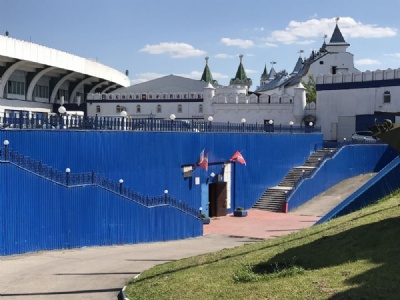
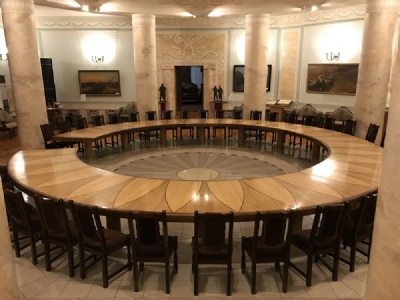
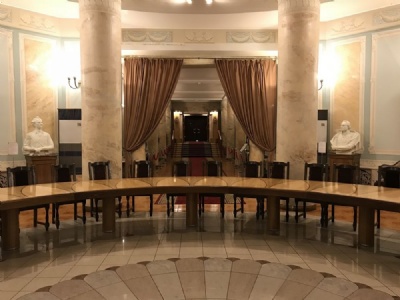


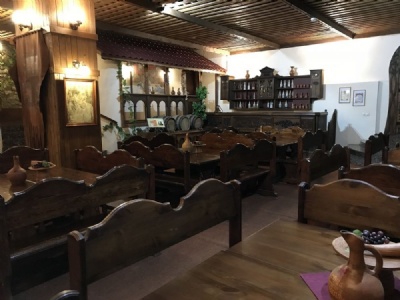
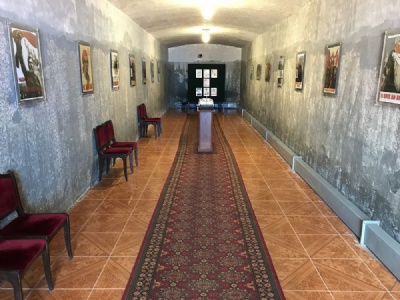
The Bunker can only be visited if you book a guide in advance. The bunker does not really give a bunker feeling, it is not deep, just below the ground surface. According to the guide, this was because the Russians were so sure that the sports facility itself was a well-functioning camouflage and the Germans were reluctant to bomb sports facilities. True or not? I don’t know. The bunker dining room can also be rented for private events. As mentioned, the bunker is surrounded by myths about underground tunnels and the guide did what she could to add to these rumours. She herself had heard trains going underground where it was said that there are no tunnels. According to her that was proof enough that the tunnels really exist and are used today but no one acknowledges.